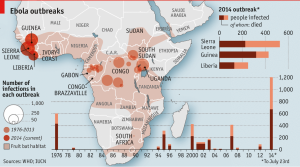Let’s change gears and talk about those lazy teenagers. Aren’t they frustrating? It’s so difficult to get them to act maturely and get up in time for school. Well, maybe not so much. It turns out sleeping later is probably normal in the teen years. According to Mary Carskadon, PhD of Brown University Medical School, melatonin (the hormone that drives the sleep-wake cycle) starts later and persists far longer as pubertal development progresses. Teens’ “Circadian rhythm” also appears to be more on a 24.3 hour clock; so fitting into a 24 hour day can be problematic for them. Simply put, an 11pm to 8am sleep schedule would be a more normal expectation.
And it’s a real problem. According to the National Sleep Foundation, adolescents need 8.5 to 9.5 hours per night. Only 41% of 6th to 8th graders, and 13% of high schoolers consistently sleep that much. And you cannot “catch up” on weekends. According to Dr. Judith Owens, lead author of an August 2014 American Academy of Pediatrics policy statement on teen sleep needs, lack of sleep is associated with all of the following health problems: obesity, type 2 diabetes, high blood pressure, depression, suicidal thoughts, risk-taking behavior, and automobile accidents.
What’s a parent to do? A. Set a curfew on the use of electronic devices (including phones). Studies demonstrate that light from most electronic media can suppress melatonin. Teens should not go to sleep with these devices in their bedrooms. B. Limit caffeine — 31% of teens drink 2 or more caffeinated drinks per day, which is also clearly associated with disrupted sleep patterns. Be aware that many popular drinks besides coffee, tea, and colas contain caffeine. C. Help your children avoid leading over-scheduled lives. The scheduling and the stress can wreck havoc on sleep schedules. Guide them in choosing activities or interests that are useful and/or inspire their passions. We, as adults, know that the world can be a challenging and demanding place. But they simply don’t need to see all of that yet. They’re still kids. Make sure they have plenty of time to relax, have fun, and rest.

